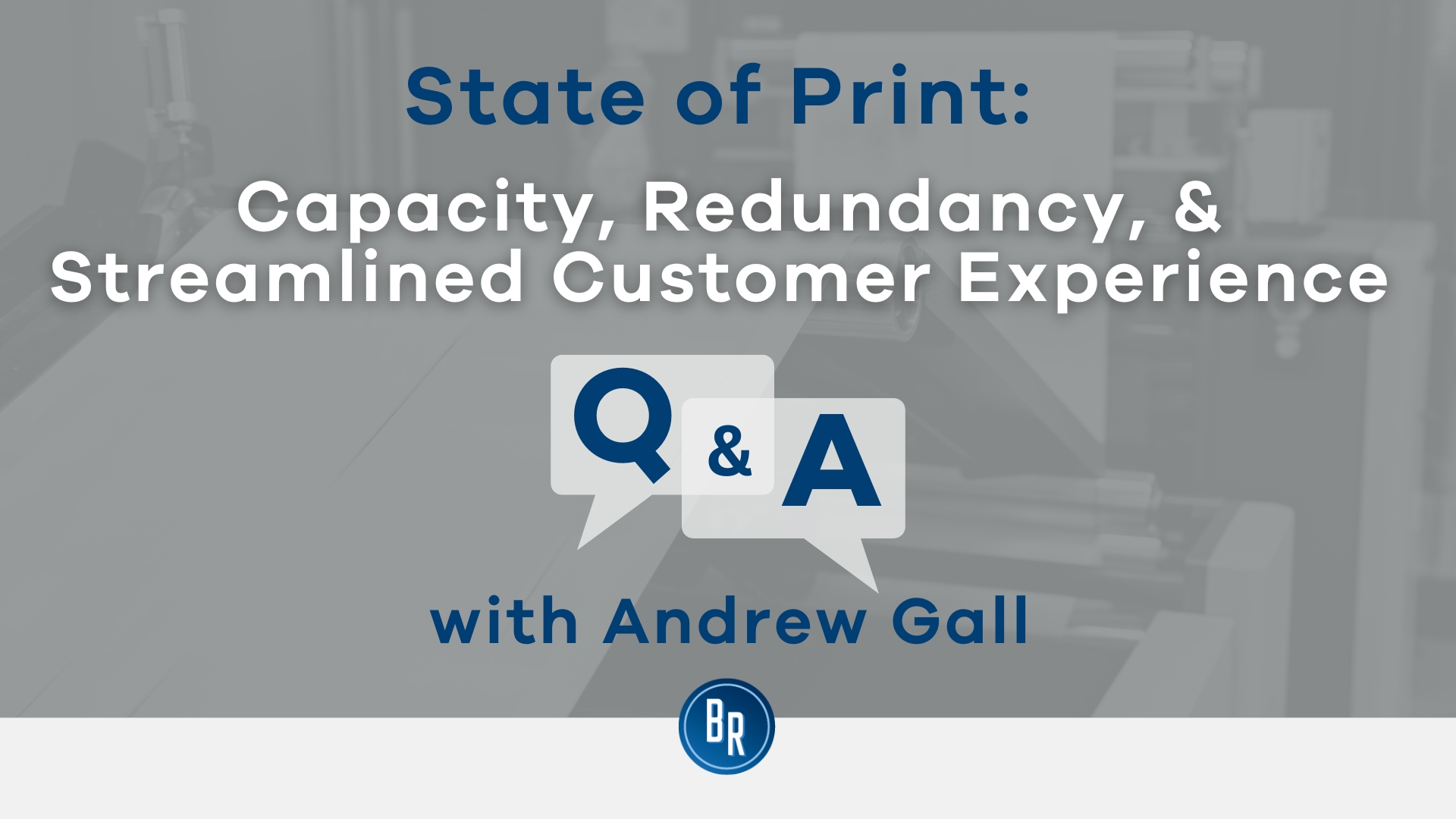Who Pays Redundancy Money? A Detailed Guide for Companies and Employees
Who Pays Redundancy Money? A Detailed Guide for Companies and Employees
Blog Article
Discovering the Operational Dynamics of Firm Redundancy and Its Long-Term Sustainability

Redundancy Techniques for Company Continuity
In order to guarantee undisturbed operations, services need to apply effective redundancy strategies for business connection. Redundancy in this context refers to the replication of important elements or features within a system to minimize the impact of potential failings. By integrating redundancy techniques, companies can boost their resilience versus disruptions brought on by various variables such as natural catastrophes, devices failures, or cyber-attacks.
One common redundancy approach is the implementation of back-up systems and data storage solutions. This includes creating matches of crucial information and systems that can be turned on in situation of a primary system failing. In addition, organizations can establish repetitive interaction channels and power resources to maintain connectivity and procedures throughout unpredicted events.
In addition, cross-training employees to carry out multiple duties within the business can act as an important redundancy method. This makes certain that essential tasks can still be carried out even if essential personnel are unavailable as a result of ailment or various other reasons. In general, efficient redundancy strategies are essential for services to maintain operational continuity and decrease the influence of potential disruptions.
Impact of Redundancy on Organizational Strength
Provided the critical duty redundancy methods play in guaranteeing business continuity, discovering the effect of redundancy on business durability becomes necessary for understanding the all natural operational dynamics of a company. Business strength describes an entity's capability to adapt to interruptions, recoup from setbacks, and transform when essential while maintaining core functions. Redundancy, when purposefully carried out, can substantially add to enhancing a company's durability when faced with unanticipated difficulties. By having back-up systems, workers, or processes in position, business can much better hold up against shocks and continue procedures with marginal interruption.
Additionally, redundancy can promote innovation and creativity within a company as workers really feel equipped to take calculated threats, understanding that there is a safety web to sustain them in instance of failure. Overall, the impact of redundancy on organizational resilience is profound, shaping the lasting sustainability and success of a firm.
Balancing Efficiency and Adaptability in Redundancy
Accomplishing a harmonious stability between operational efficiency and flexible adaptability is an essential difficulty in the strategic release of redundancy within companies. Efficient operations are important for preserving efficiency and cost-effectiveness, making sure that resources are made use of optimally. Nevertheless, too much focus on performance alone can result in strength, making it challenging for organizations to adapt to browse around these guys unforeseen changes or obstacles. On the various other hand, flexibility enables companies to react nimbly to developing conditions, promoting development and resilience. Yet, excessive versatility without a strong operational structure can lead to ineffectiveness and variance.
To stabilize effectiveness and adaptability in redundancy preparation, organizations have to thoroughly analyze their functional demands, market characteristics, and calculated objectives. Implementing lean techniques can boost performance by improving procedures and removing waste, while cultivating a society of flexibility and constant renovation can enhance flexibility. In addition, investing in cross-training programs and durable interaction channels can assist grow a flexible labor force efficient in dealing with diverse jobs during periods of transition. Ultimately, discovering the appropriate stability between effectiveness and adaptability is critical for building a resilient and lasting organization despite unpredictability.
Long-Term Sustainability Through Redundancy Planning
To make sure enduring practicality and security, organizations should purposefully straighten their redundancy planning with long-lasting sustainability goals, consequently harmonizing operational effectiveness with flexible versatility. Lasting sustainability through redundancy planning involves more than just short-term cost-cutting procedures. It calls for a thorough critical method that prepares for future challenges and opportunities. Companies must view redundancy not as a responsive service to immediate troubles but as a positive technique for long-lasting success. By integrating redundancy planning with sustainability purposes, organizations can develop a resistant structure that can endure different market changes and interior modifications.

Proactive Measures for Sustainable Firm Workflow
How can firms proactively improve their operational sustainability for lasting success? Applying aggressive steps is crucial for firms intending to ensure sustainable procedures.
Moreover, cultivating a society of continuous renovation and discovering within the organization can boost flexibility to changing market conditions and customer demands. Urging worker involvement Get More Info in decision-making processes and giving opportunities read this for professional development can boost spirits, efficiency, and overall efficiency. Developing clear goals, checking vital efficiency signs, and on a regular basis assessing development are important elements of aggressive sustainability monitoring.
Teaming up with distributors, consumers, and various other stakeholders to advertise lasting practices throughout the supply chain can create a causal sequence of positive impact - redundancy pay if company goes bust. By taking positive actions towards operational sustainability, companies can construct resilience, drive development, and safeguard their lasting success in an ever-evolving service landscape
Final Thought

In the world of organizational administration, the tactical implementation of company redundancy stands as a critical yet complex practice that necessitates a delicate balance between operational efficiency and long-term stability. By dissecting the functional dynamics that underpin firm redundancy and examining its more comprehensive effects for organizational strength and versatility, a nuanced understanding of just how redundancy techniques can shape the future trajectory of a company starts to unfold.Given the crucial function redundancy approaches play in making sure business connection, exploring the effect of redundancy on organizational resilience ends up being vital for understanding the holistic functional characteristics of a business. Overall, the influence of redundancy on business strength is extensive, forming the lasting sustainability and success of a company.
In final thought, recognizing the functional characteristics of business redundancy is important for making sure long-term sustainability.
Report this page